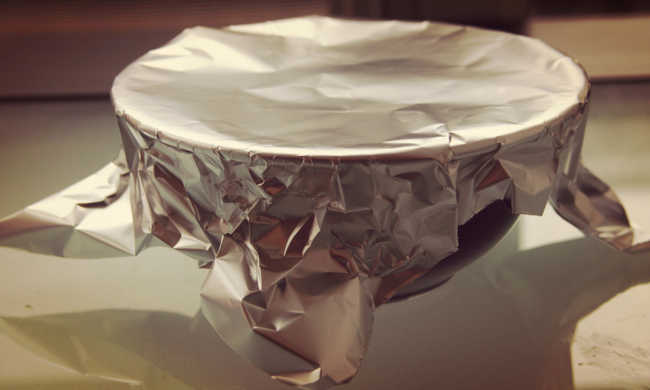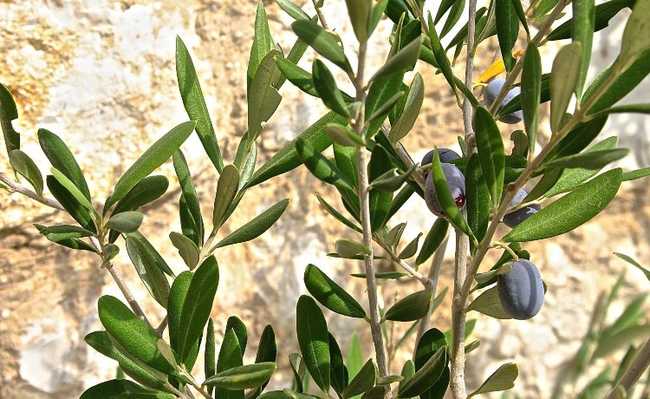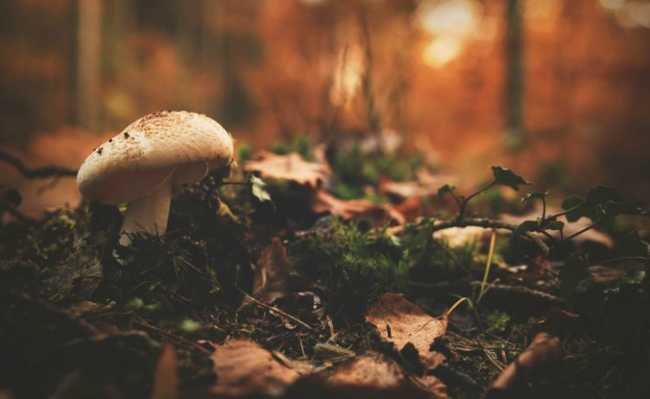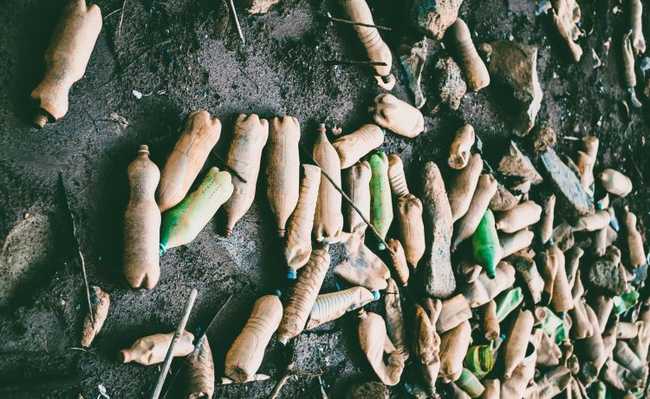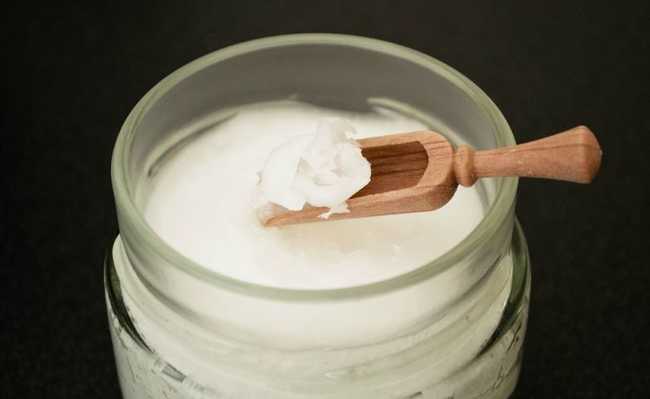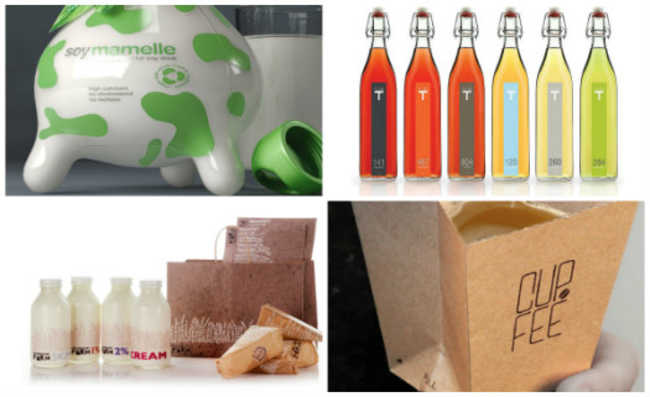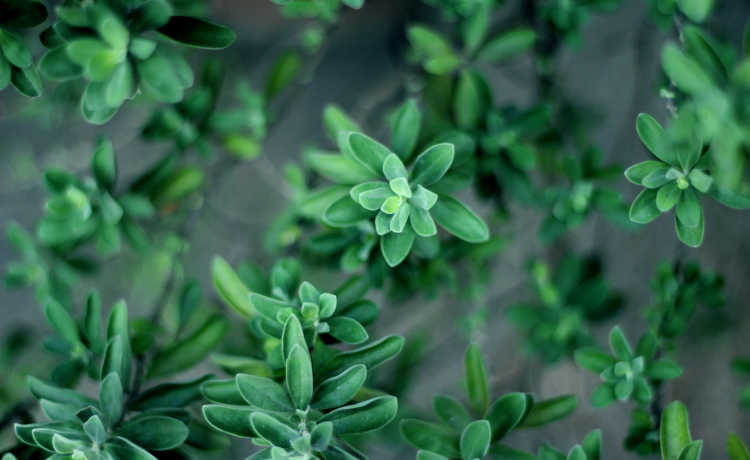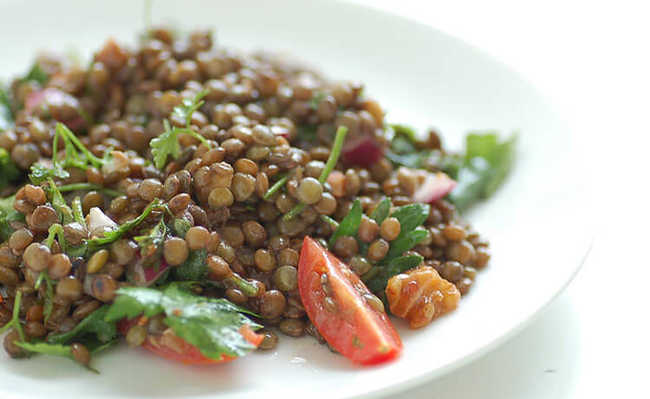How to make sustainable ink
See how to make paint at home and sustainably redecorate your favorite environments

Edited and resized image by Steve Johnson is available on Unsplash
How to make ink? The Earth Colors Project, from the Federal University of Viçosa (UFV), responds. A recipe is available on the institution's website that teaches how to make a special earth-based paint. It can be very effective in avoiding the use of common ink, which contains large amounts of chemicals (learn more about this topic in the article: "Is there ink recycling?"). Take a look at the "recipe" for how to make dirt paint:
Ingredients
- An empty 3.6 liter paint can;
- clayey land (six to eight kilos);
- Water (ten liters);
- A kilo of white glue;
- Pigments such as saffron, annatto, mica powder (if you want shine) sand or the various shades of the soil itself can be used to obtain the desired color.
Note: do not use anthill or termite soil (check the video for more information).
Method of preparation
Mix the earth and water, pass the mixture through a fine sieve, add the glue and mix again. After doing this, add the color with the chosen pigment mixture.
If you want to get a finer paint, pass the mixture through the sieve more than once. If you want a thick paint, the sieve is not necessary.
In addition to all the environmental benefits, this type of ink is about 70% cheaper than conventional ink. A paint can covers 70 to 90 square meters.
See the slides explaining how to make earth-based paint. Start by trying to paint small areas. If it works, make a bolder project!
Watch the detailed video that the website Manual do Mundo made using the same technique and explaining well how to make the paint and apply it:

